Hand brewed coffee powder layer clogging solution Hand brewed coffee flow fast or slow flow is good?
Guide reading
I do not know if you have ever made coffee, the water in the filter cup flows into the lower pot very quickly, or the filter cup is clogged, and the water has been silted up in the powder layer. Qianjie is going to discuss why these reasons appear today.
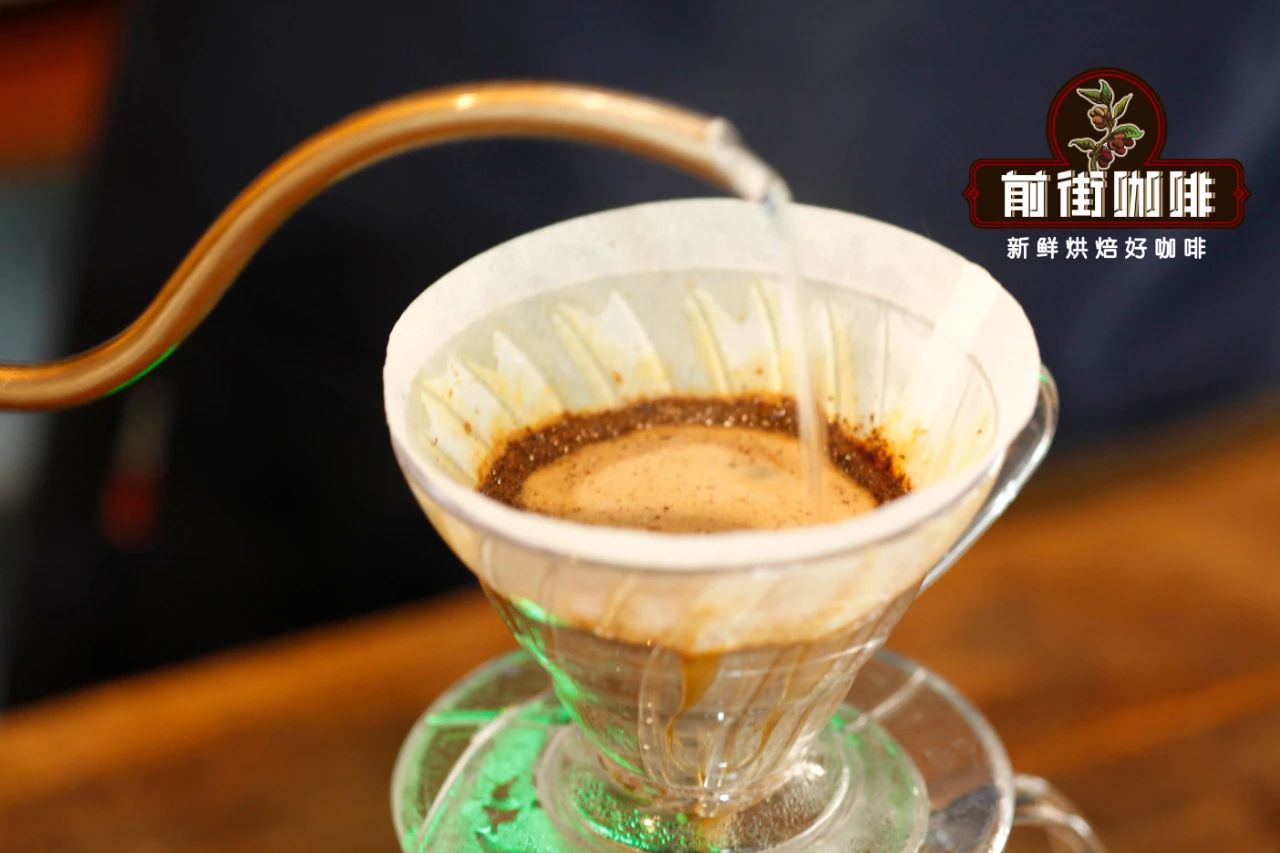
Grinding degree
When we see a similar situation, we will certainly think of the problem of grinding degree first. Indeed, if the grinding is too rough, the launching speed will be too fast, and if the grinding is too fine, the launching speed will be slow or even blocked. But one thing you should pay attention to is, have you really mastered the degree of grinding of coffee? Qianjie has always insisted on using a sieve to calibrate the scale instead of using a fixed scale because different coffee beans are ground with the same scale at the same baking degree.
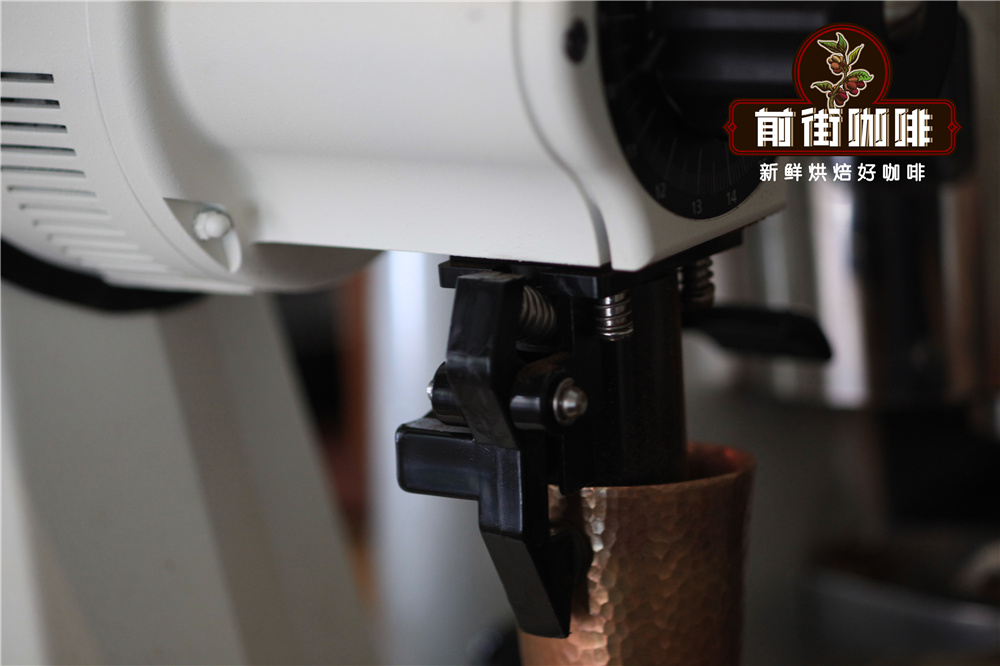
To take a simple example, the front street is calibrated by the No. 20 screen, based on the 80% pass rate of light roasted coffee, the grinding degree of Yega Chuefei is EK43s#10, and the grinding degree of anaerobic treatment of Rose Valley and Flower Moon Night is EK43s#9.5. If you use Yega Xuefei's grinding scale to apply to coffee beans such as Rose Valley and Flower Moon Night, the launching speed will be accelerated.
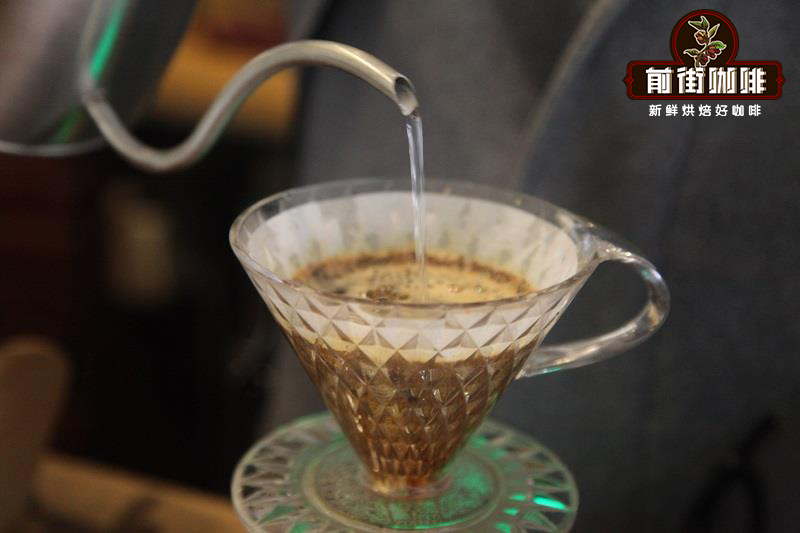
In addition to this thickness, another important reason is the loss of the cutter head of the grinder, which will directly lead to the increase of fine powder, which is also the main reason for the blockage of the powder layer.
Filter cup
Have you ever wondered why there are all kinds of coffee filter cups on the market? The structure of most filter cups is based on a given shape (cone, trapezoid, paper cup cake) with different diversion ribs to achieve the extraction effect desired by the producer.
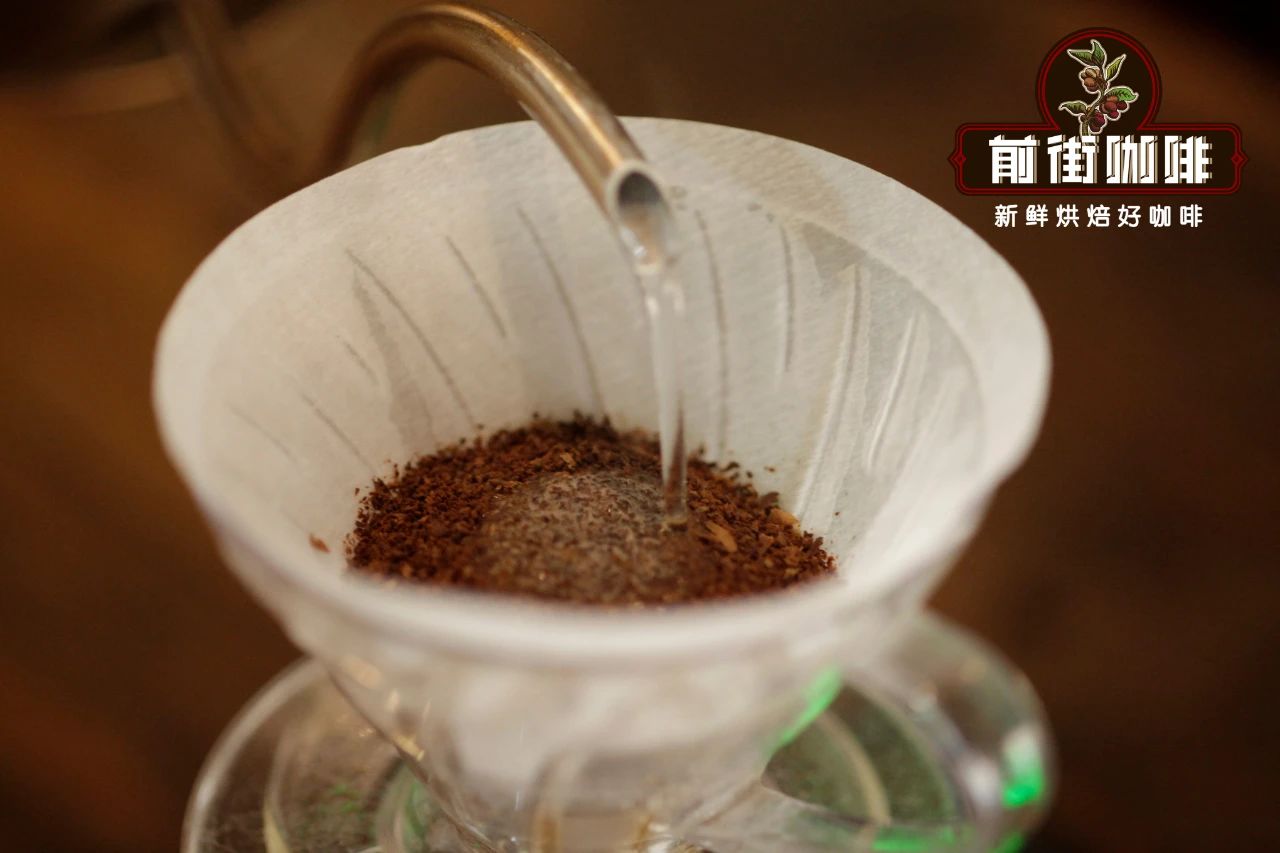
For example, the water holes of some filter cups will be larger, so that the launching speed will be faster, while some of the water holes will be smaller, so that the water and coffee powder can be soaked for longer. And the role of ribs to V60, Kono these two filter cups have the most sense of contrast.
The ribs of the V60 filter cup are divided into long ribs and segmental ribs. The long ribs spiral upward counterclockwise from the bottom. The direction of the segmental ribs is always with the long ribs, but it is distributed outward from the height of 2 stroke 3. This feature is that it allows water to flow into the lower pot through the diversion ribs, avoiding blockage to a certain extent.
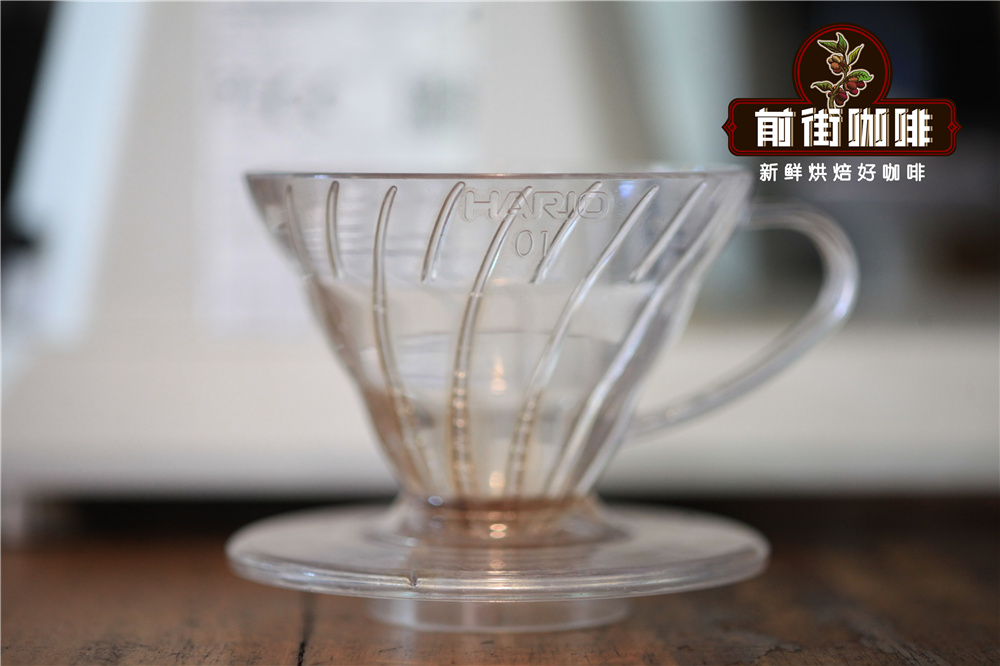
The Kono filter cup is a straight rib extending from the bottom to 1 stroke 3, and the upper part does not have any diversion ribs, which is smooth and smooth. In this way, when the water-soaked filter paper is glued to the filter cup, the part without guide bone is sealed with the filter paper, and the water will be launched more slowly. There are ribs underneath to avoid caudal blockage.
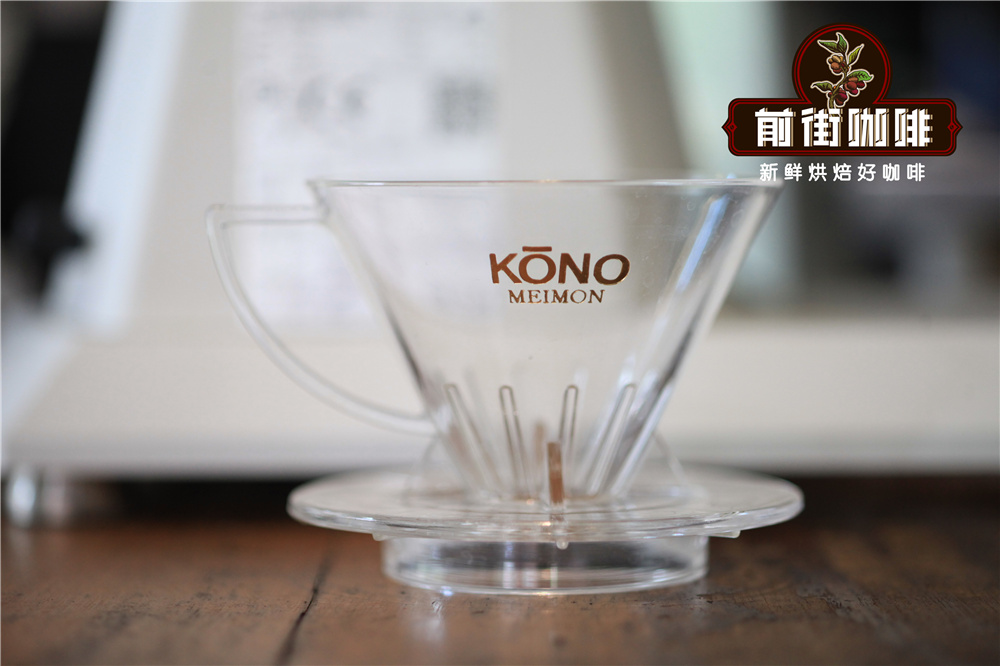
Therefore, the filter cup can also control the speed of launching, so choosing a suitable filter cup is twice the result with half the effort.
Water injection technique
If abnormal flow velocity is detected during cooking, water injection techniques can also be used to make up for it. For example, if the grinding degree is a little thicker, the flow rate of water injection can be reduced and the pulverized layer can be avoided. For example, if a blockage is found, it can be used to stir the fine powder deposited at the bottom and turn it out of the surface by stirring a large flow of water.
Important Notice :
前街咖啡 FrontStreet Coffee has moved to new addredd:
FrontStreet Coffee Address: 315,Donghua East Road,GuangZhou
Tel:020 38364473
- Prev
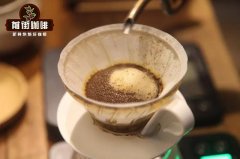
How to make coffee by hand?
Hand brewed coffee is actually the use of water to wash coffee powder to get a delicious cup of coffee. As for how to brew coffee with water, even if this barista has developed the content to share. How do I fill it? See that most baristas brew coffee in a circular way, in fact, this way of water injection is closely related to the form of the filter cup. Conical filter cups used by GF now
- Next
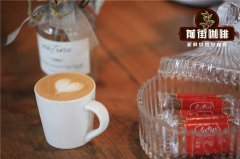
What coffee beans do you use in Piccolo latte? How to make a piccolo latte?
Espresso is a huge coffee system. When different proportions of milk and coffee are used, lattes, cappuccinos, Australian white coffee and so on will be distinguished. The front street of this issue introduces a mini latte called Piccolo Latte. What is Piccolo latte? Piccolo latte translated from Piccolo Latte,Piccolo is piccolo in English.
Related
- Beginners will see the "Coffee pull flower" guide!
- What is the difference between ice blog purified milk and ordinary milk coffee?
- Why is the Philippines the largest producer of crops in Liberia?
- For coffee extraction, should the fine powder be retained?
- How does extracted espresso fill pressed powder? How much strength does it take to press the powder?
- How to make jasmine cold extract coffee? Is the jasmine + latte good?
- Will this little toy really make the coffee taste better? How does Lily Drip affect coffee extraction?
- Will the action of slapping the filter cup also affect coffee extraction?
- What's the difference between powder-to-water ratio and powder-to-liquid ratio?
- What is the Ethiopian local species? What does it have to do with Heirloom native species?

